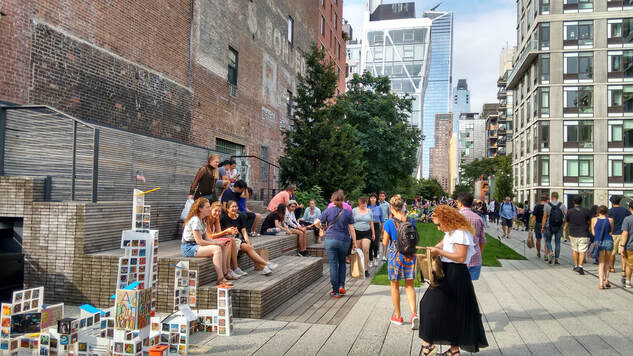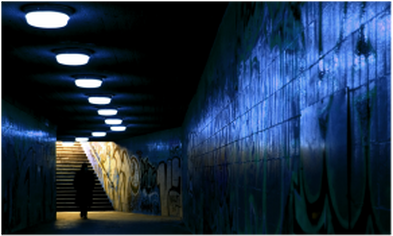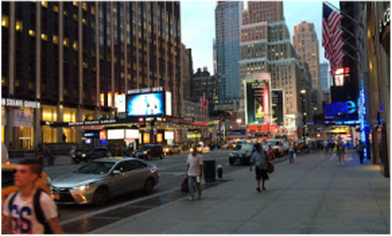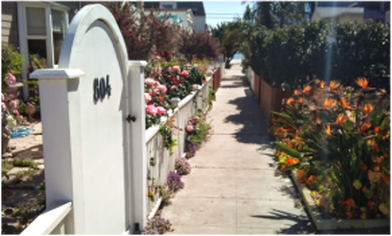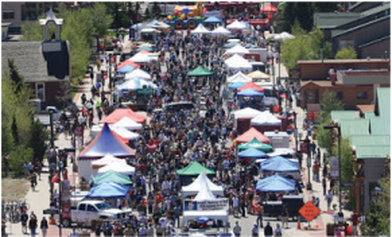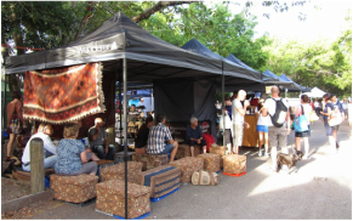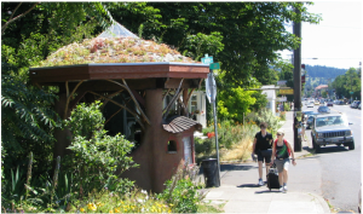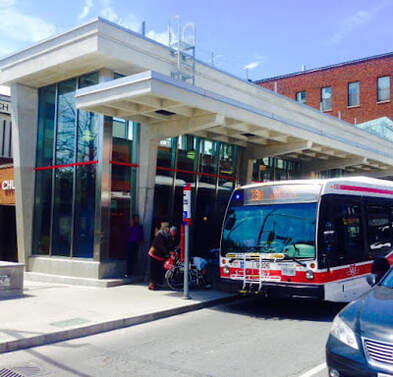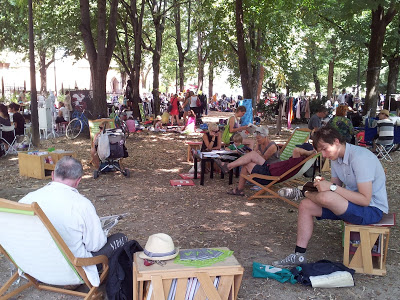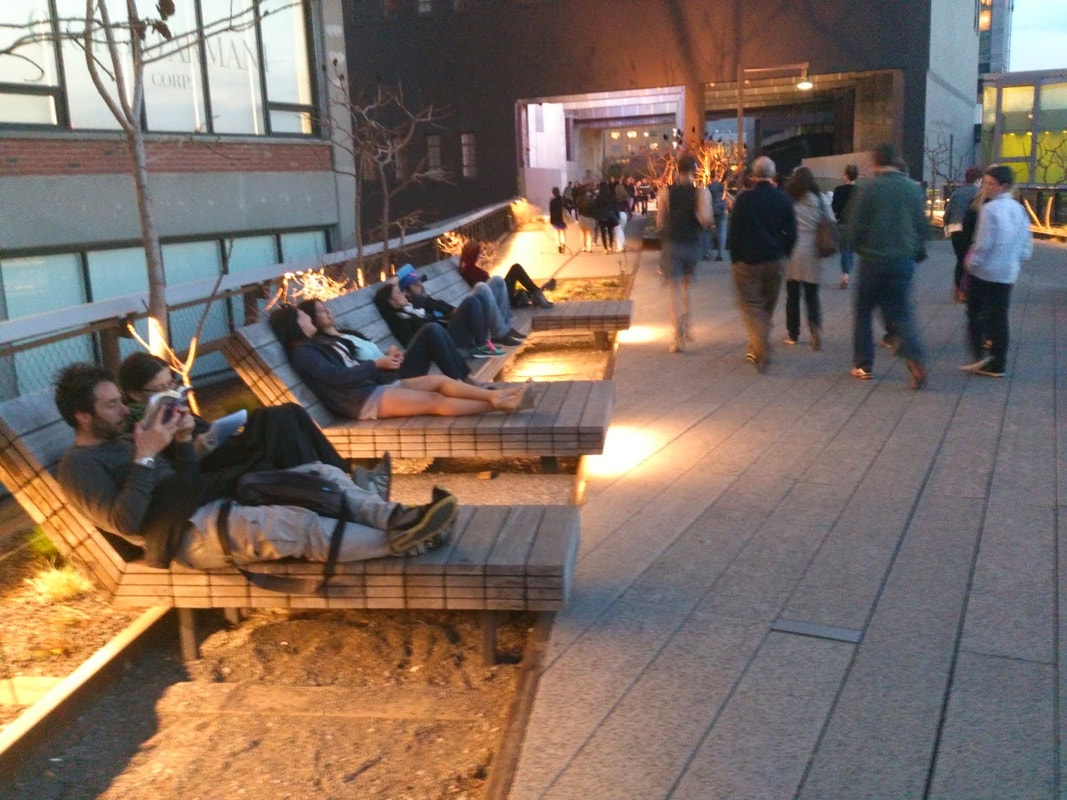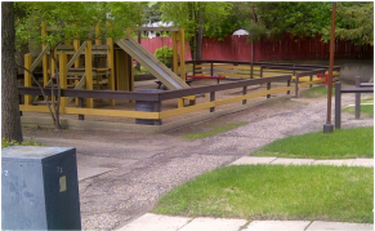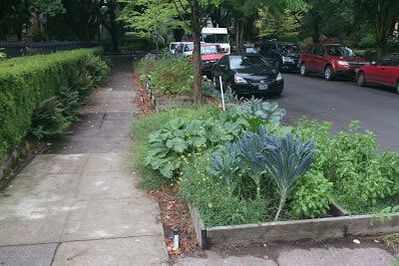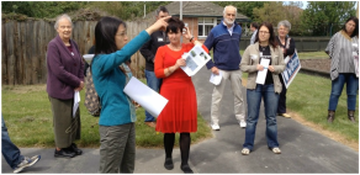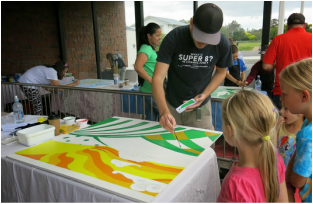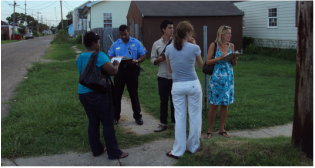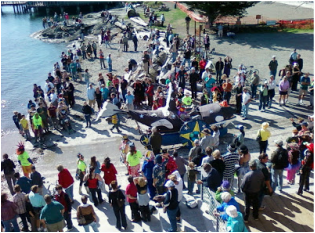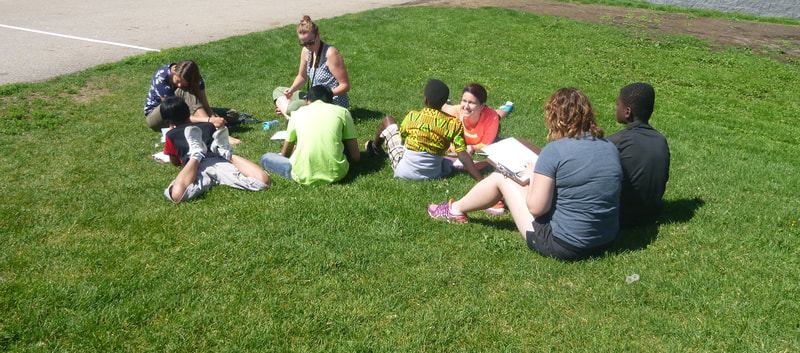The Neighborhood is Where it's at
|
Wondering what makes great neighborhoods? See below.
|
SafeGrowth® operates at a NEIGHBORHOOD level. The residents deserve to live in safe & livable - great neighborhoods.
Great neighborhoods are not great by coincidence. They are great because they are safe and they offer opportunities for creativity, diversity & mobility. Neighborhoods become great because people there care for one another & participate in community life. |
What they are not!
|
SHOPPING OR WORK?
Neighborhoods are NOT a commercial strip, a box store, shopping mall, or an industrial park, no matter how many times they are called “shopping village” or “green acres estates”. These are places to buy things or to work. A neighborhood might require shops nearby, but only because we use those things to make our neighborhood great.
|
HOSTILE TO WALKING
Great neighborhoods are NOT hostile to walking. If we must drive to local amenities like grocery and simple conveniences, that puts us into a vehicle away from visiting or interacting with those neighbors who actually comprise the lifeblood of a neighborhood, which is, actually, people. Neighborhoods MUST be walkable.
|
BARE MINIMUMS?
A neighborhood is NOT place that provides a bare minimum of satisfactory living conditions. That is not a satisfactory goal of 21st Century habitat. It is not enough to provide basic utilities like clean water, garbage pickup, snow removal, or street cleaning, adequate car parking areas, a few sidewalks, and so forth. Those are the bare minimums for decent habitat. They are far from enough for a great neighborhood.
|
